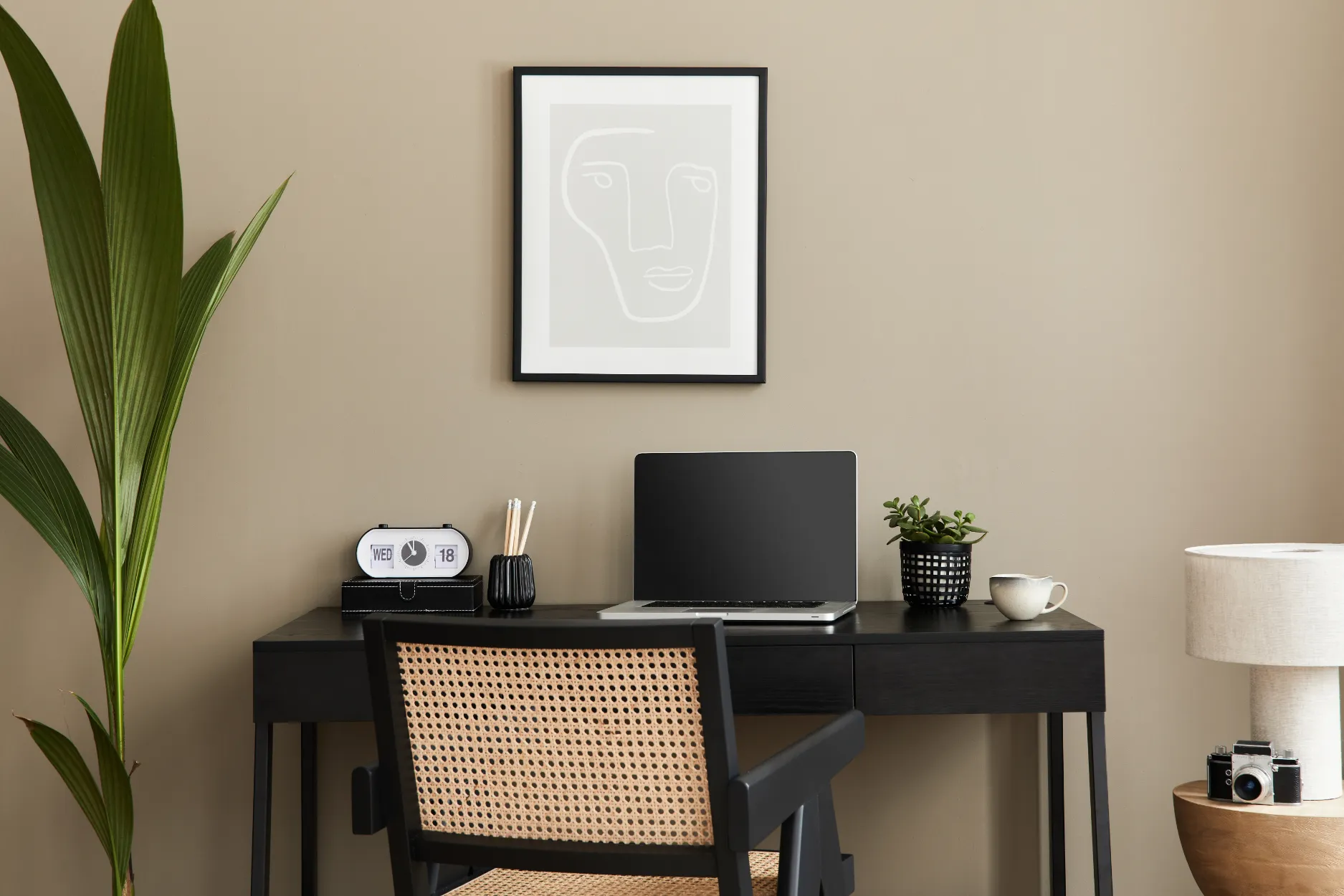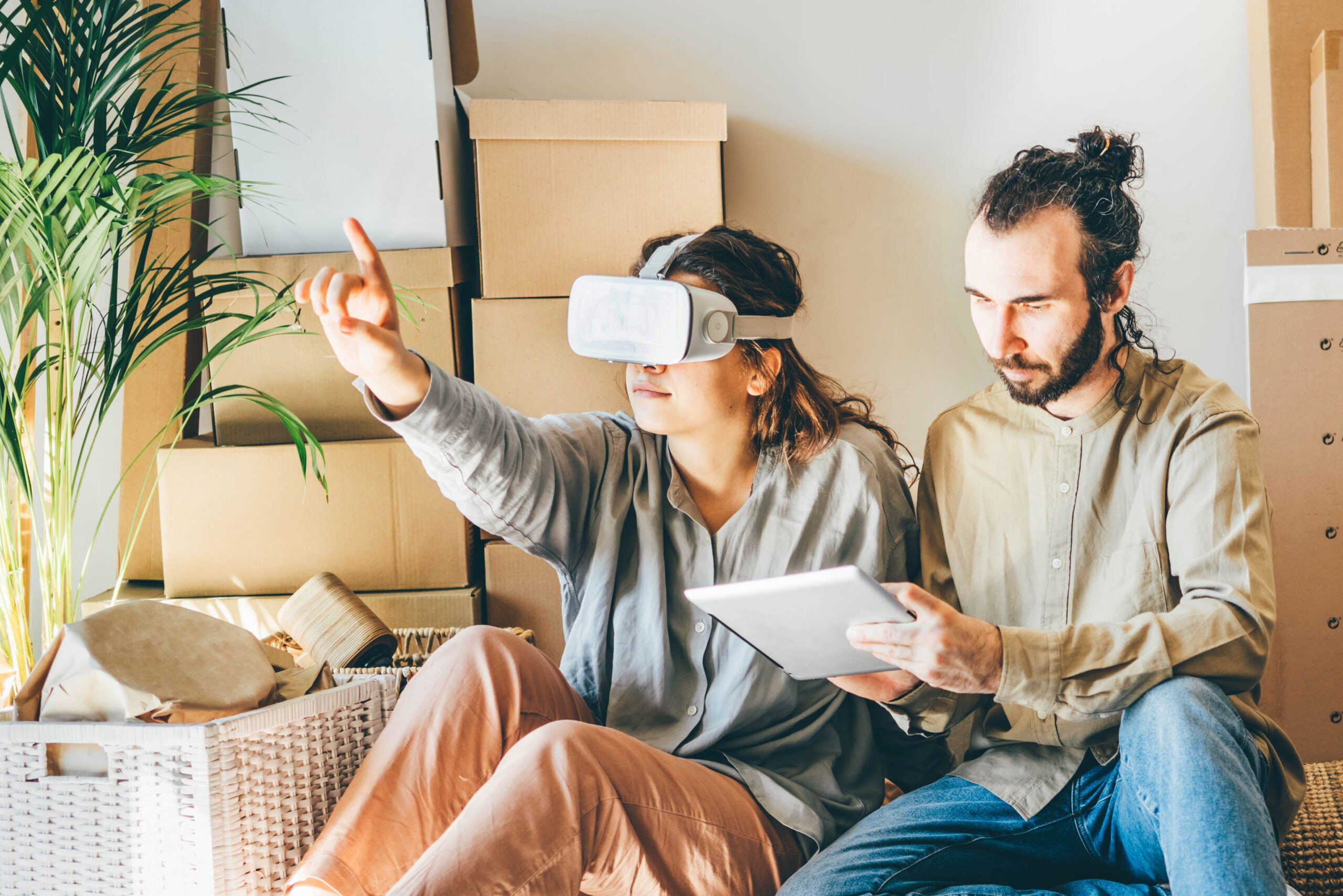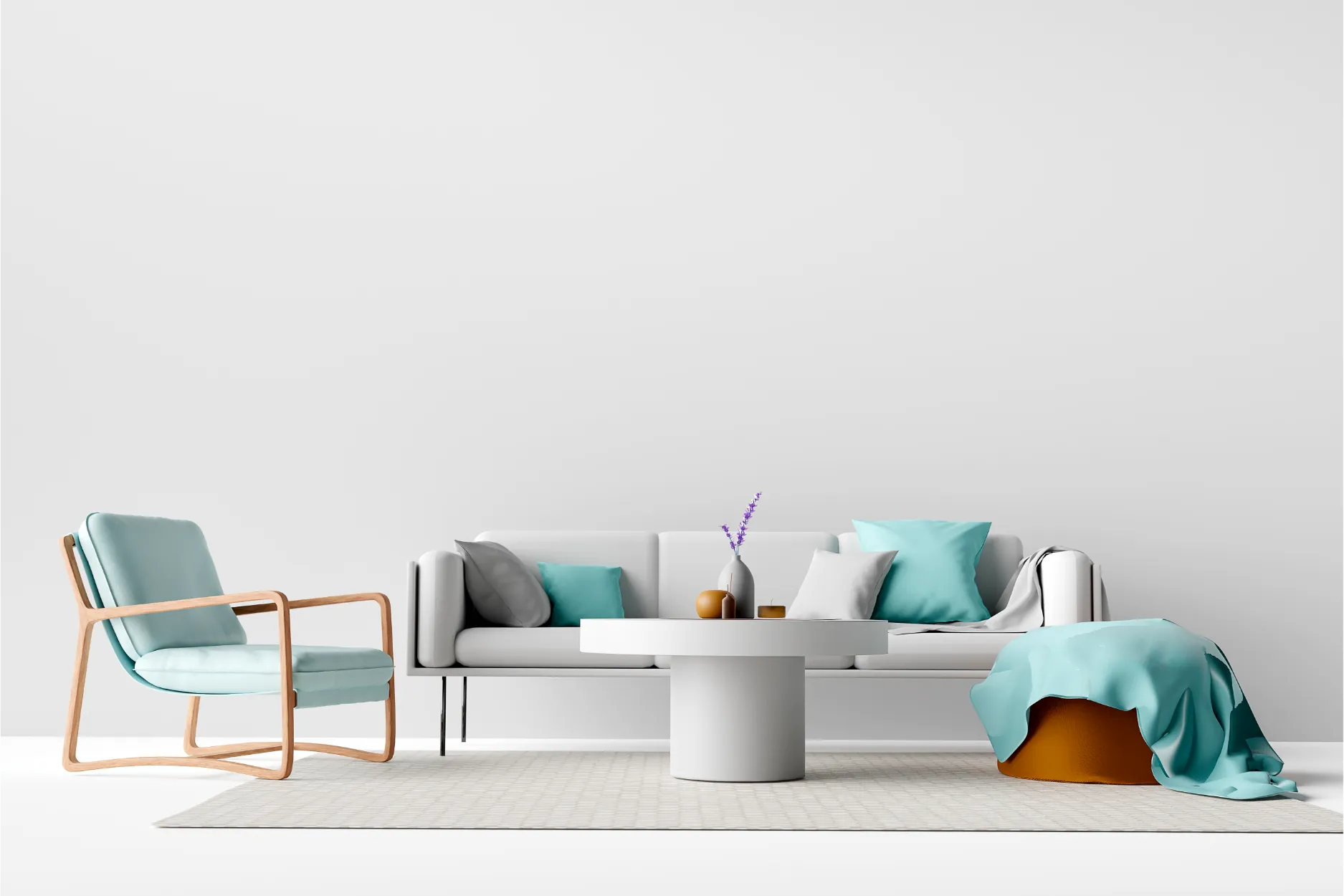
In today's rapidly evolving world, technology is reshaping nearly every aspect of our lives, and interior design is no exception. Gone are the days when you had to rely solely on your imagination to envision how a piece of furniture or decor item would fit into your living space.
Thanks to immersive 3D visualization and interactive virtual showrooms, you can now explore and experience home decor in a whole new way. In this blog post, we'll delve into the fascinating world of digital transformation in interior design, the role of technology in interior design, and how 3D visualization is revolutionizing the interior design business.
The interior design industry has undergone a significant digital transformation in recent years. Traditional design processes often involved sketches, physical prototypes, and lengthy discussions with clients. While these methods are still valuable, technology has opened up new possibilities and efficiencies in the field.
One of the most notable changes is the shift towards digital tools and platforms that streamline the design process. Interior designers now have access to a wealth of digital resources, from mood board creation apps to 3D modeling software. These tools allow designers to work more efficiently, collaborate with clients remotely, and experiment with various design concepts in a virtual environment.

The infusion of technology into interior design has been a game-changer on multiple fronts:
Perhaps the most significant impact of technology in interior design is the ability to create highly realistic and immersive 3D visualizations. Designers can bring their ideas to life in a digital format, allowing clients to see exactly how a room will look before any physical changes are made. This not only saves time but also reduces the risk of costly design mistakes.
Interactive virtual showrooms take the concept of 3D visualization to the next level. These virtual spaces allow users to explore and interact with home decor items as if they were physically present in a real showroom. This technology bridges the gap between online shopping and the in-store experience, offering a level of interactivity and engagement that was previously unavailable.
Technology enables interior designers to tailor their designs to individual preferences with greater precision. AI-powered algorithms can analyze a client's style preferences, previous purchases, and even social media activity to recommend decor items that align with their taste. This personalization enhances the overall design experience and helps clients create spaces that truly reflect their personality.
Environmental consciousness is a growing concern in interior design. Technology plays a crucial role in promoting sustainability by providing tools for assessing the environmental impact of design choices. Digital simulations can predict energy usage, material waste, and carbon footprint, allowing designers to make more eco-friendly decisions.

3D visualization is at the heart of this digital revolution in interior design. It's a technology that has completely transformed how designers and clients envision spaces. Here are some key aspects of 3D visualization:
3D visualization creates photorealistic renderings that showcase every detail of a design. This level of realism helps clients make informed decisions about furniture, color schemes, and layout.
With 3D visualization, designers can experiment with different design elements, such as lighting, textures, and furniture arrangements, in a virtual environment. This flexibility allows for more creative freedom and the ability to fine-tune designs to perfection.
Collaboration between designers and clients has become more accessible thanks to 3D visualization. Clients can provide feedback on design concepts without the need for in-person meetings, making the design process more convenient and inclusive.
By catching design flaws and issues early in the virtual stage, 3D visualization helps prevent costly mistakes during the implementation phase. This can ultimately save clients both time and money.
The interior design business has evolved significantly with the integration of 3D visualization and interactive virtual showrooms. Here are some ways in which technology has transformed the industry:
Many interior design businesses now offer e-commerce platforms that allow customers to purchase decor items directly from the virtual showroom. This seamless integration of shopping and design enhances the customer experience and boosts sales.
Virtual showrooms have no geographical boundaries. Designers can reach clients worldwide, breaking down the limitations of physical location and expanding their customer base.
Interactive virtual showrooms offer an engaging and immersive experience that keeps customers coming back. This increased engagement can lead to stronger brand loyalty and repeat business.
Technology provides designers with valuable data insights. They can analyze customer behavior within virtual showrooms to better understand preferences and trends, helping them make informed design decisions.

The 3D experience in interior design is more than just a novelty; it's a transformative shift that empowers both designers and consumers. Here's how it benefits different stakeholders:
The integration of technology, especially 3D visualization, and interactive virtual showrooms, has propelled the interior design industry into a new era of creativity and accessibility. It has changed the way designers work, how consumers shop for home decor, and the overall dynamics of the interior design business.
As technology continues to advance, we can only expect more exciting developments in the field of immersive 3D visualization, making the dream of creating the perfect living space even more achievable for everyone.
FAQs
Technology, particularly 3D visualization, benefits the interior design industry by enhancing visualization, improving collaboration, reducing costs, and expanding design possibilities. It enables designers to create realistic digital prototypes, collaborate remotely with clients, avoid costly mistakes, and explore creative design concepts more effectively.
Interactive virtual showrooms are digital spaces where users can explore and interact with home decor items and designs. They operate through software and often include features like 360-degree views, product interactivity, and real-time customization. Users can virtually "walk" through these spaces and make informed decisions about their decor choices.
An immersive 3D visualization is a technology-driven approach that allows designers and customers to experience home decor and interior spaces in a highly realistic and interactive digital format. It provides a detailed and immersive preview of how a design will look and feel before implementation.